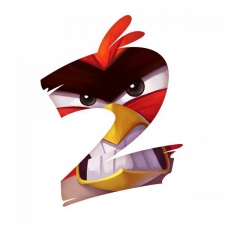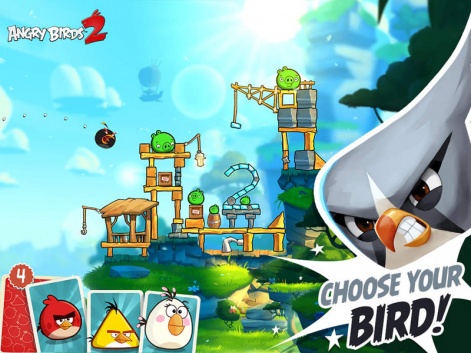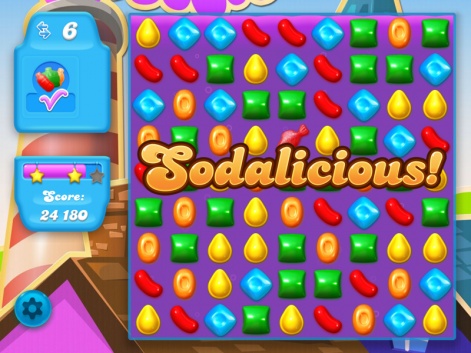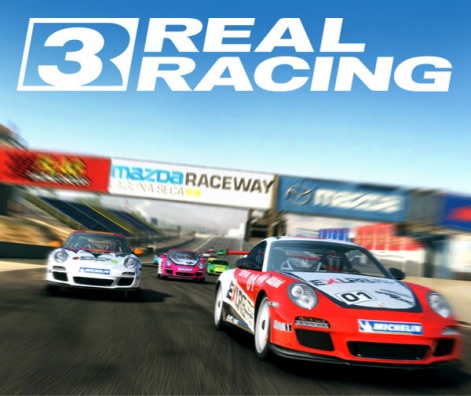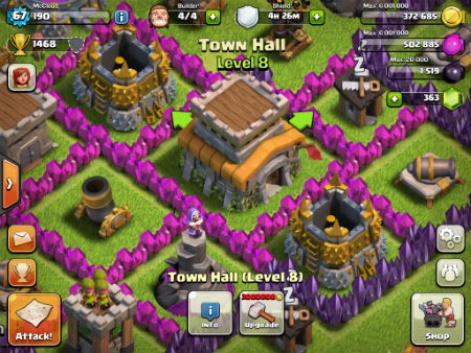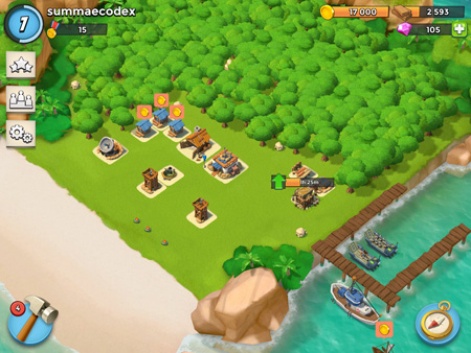A.J. Yeakel is COO of mobile advertising platform GrowMobile, which is part of the NASDAQ-floated software company Perion.
In an attempt to revive the flagging fortunes of its key mobile gaming series, Rovio has lauched a sequel to its main Angry Birds game.
As you might expect, it's imaginatively titled Angry Birds 2.
Is it a good idea to launch a free-to-play game mobile sequel though?
Some new, something borrowed
Evergreen titles like Clash of Clans suggest that the games-as-a-service should have replaced the sequel as a device.
Are sequels therefore an excellent way of continuing a successful mobile hit, or are they simply a developer admitting they’ve failed to adapt to the free-to-play model?
We decided to explore the pros and cons of fresh entries in a game series to find out.
Click here to view the list »

